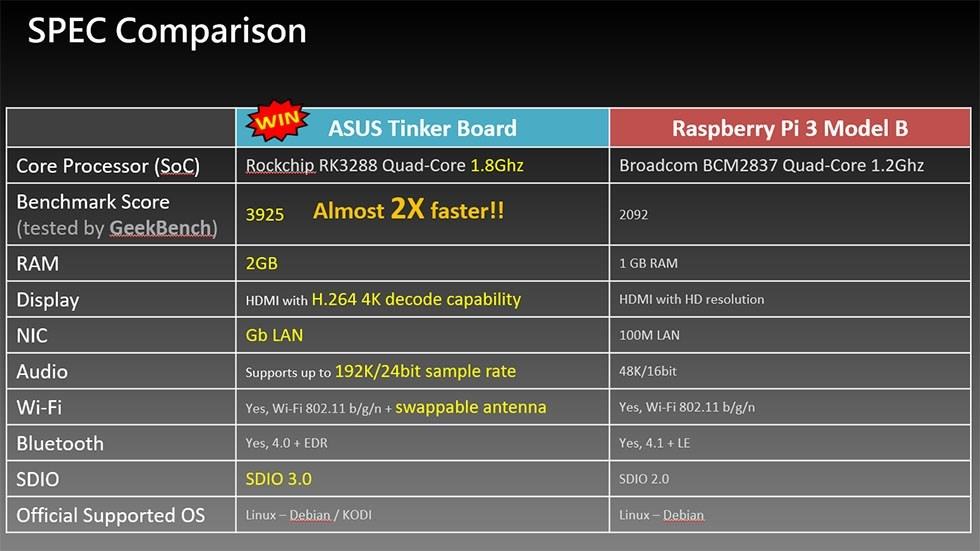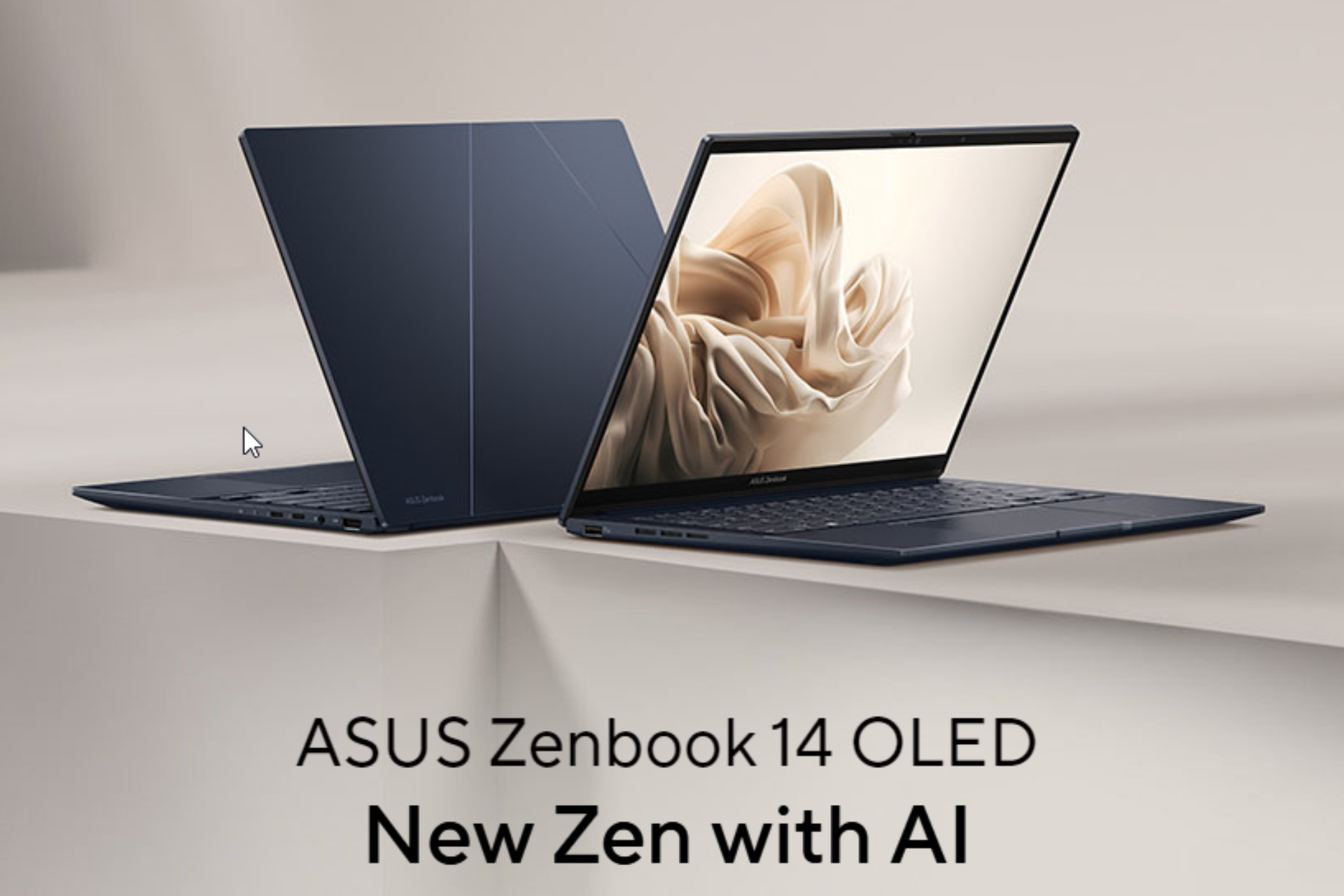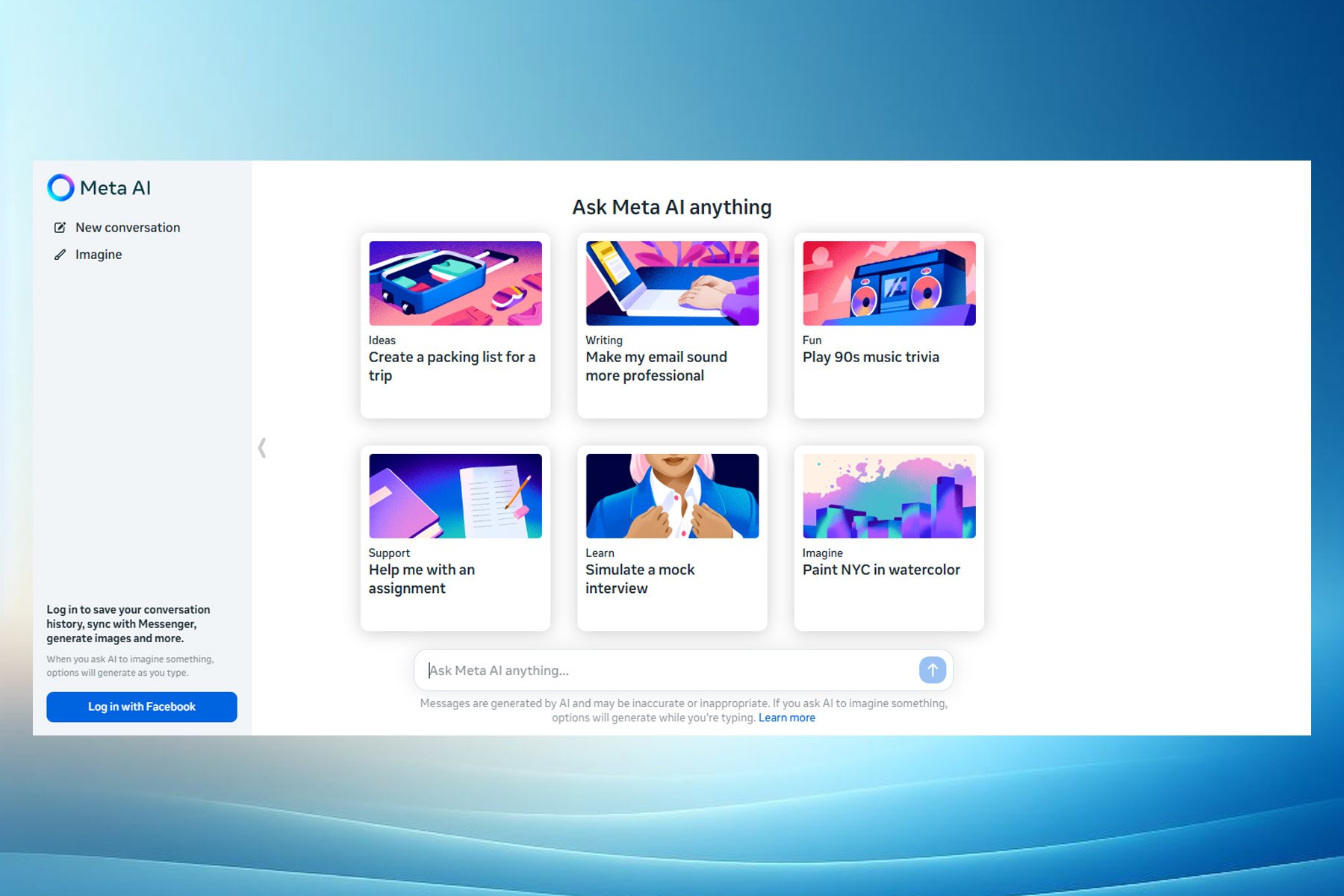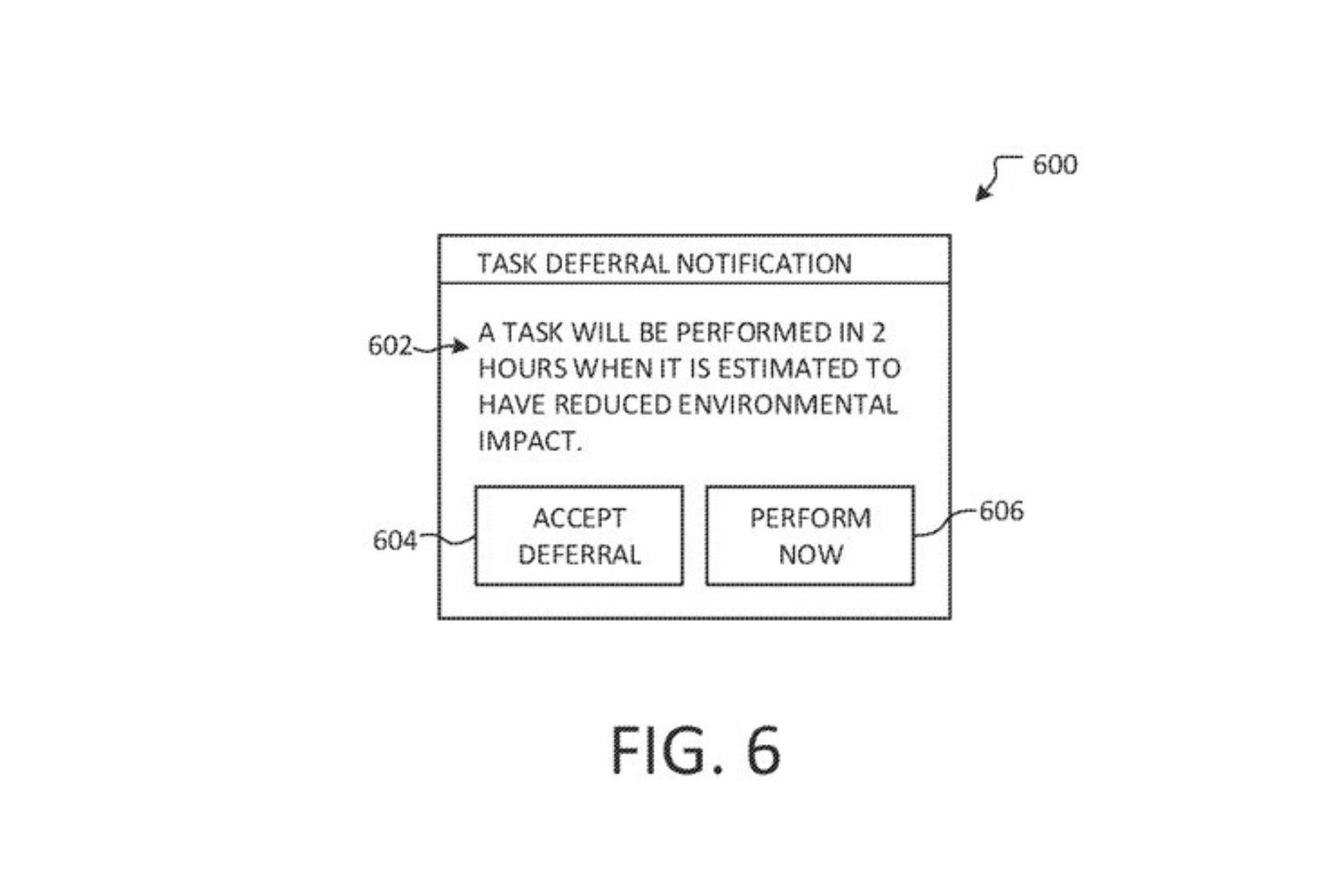ASUS rivals Raspberry Pi with more powerful Tinker Board
2 min. read
Published on
Read our disclosure page to find out how can you help Windows Report sustain the editorial team Read more
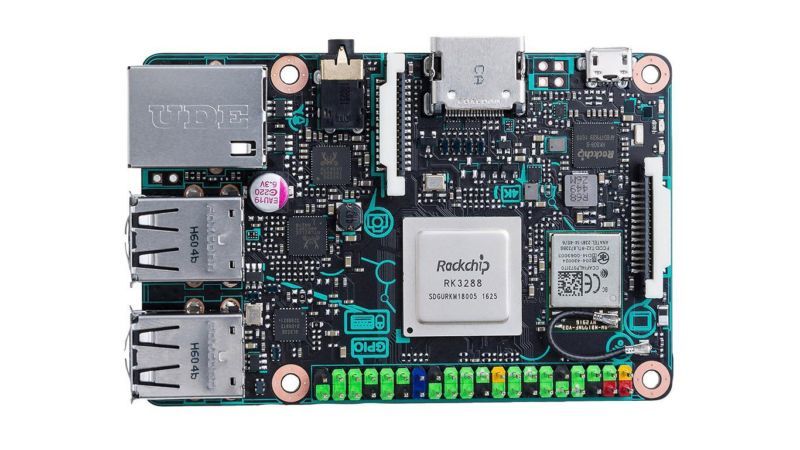
While the Raspberry Pi micro-computer has made a name for itself for do-it-yourself projects, it currently lacks the power necessary to handle intensive workloads. Taiwanese computer giant ASUS believes it can do better with its own device called the Tinker Board.
The Tinker Board has a basic board design and features the same primary connectivity options as those of Raspberry Pi. The device includes up to 28 GPIO pins for connecting electrical parts, 4 USB 2.0 ports, a Gigabit LAN port, Wi-Fi 802.11b/g/n, a micro-USB jack for power, and Bluetooth 4.0.
The Tinker Board also includes 2GB of RAM, double that of Raspberry Pi. Inside, it packs a quad-core chip clocked at 1.8GHz and is powered by an ARM Mali-T764 GPU. Its processor is based on ARM’s Cortex-A17 design.
Its open-source technology can run various systems including home automation systems, RC products, video game emulators, mini PCs, time-lapse cameras, and media boxes. Although the Tinker Board resembles Raspberry Pi in almost every respect, the device has more powerful hardware if ASUS’ own tests and Geekbench’s results are any indication. The Tinker Board has more horsepower than the Pi 3‘s Broadcom BCM2837. According to the Geekbench benchmark, it can achieve almost double the Pi’s score:
The higher-performance hardware means Tinker Board will be able to support 4K video content. A new Linux OS from ASUS currently powers the board, though Ubuntu, OpenSUSE and, Kodi will expand your options in the near future.
ASUS intends for the Tinker Board to augment the selection of micro-computers available to hardware hackers and do-it-yourself builders. But with a price tag (£55) higher than that of Raspberry Pi (£34), Tinker Board may not draw a vast following as the Raspberry Pi.
The Raspberry Pi has other advantages as well. For example, it has a huge and very active community ready to help newbies get onboard. ASUS, on the other hand, only has its official slides, which is available to download via SlideShare, to help beginners.

